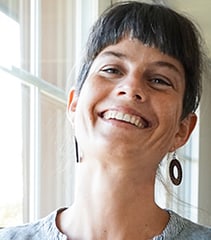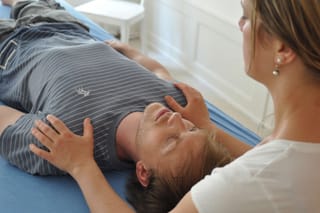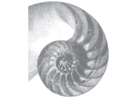Please use Microsoft Edge, Google Chrome or [Firefox](https://getfirefox. com/).

Brugger Frédéric (Biel/Bienne)
Do you own or work for Brugger Frédéric?
About Us
How does an osteopath work? An initial consultation begins with a detailed questioning about your current complaints (Where? How? What exactly happened?). During this interview, your personal and family medical history is also taken in order to rule out possible medical conditions and symptoms. At the same time, the anamnesis serves to orient the osteopathic treatment in order to consider the functioning of the different body systems (musculoskeletal system, digestive system, blood circulation, etc.) in connection with your way of life, your workplace and your habits. This is followed by a clinical and osteopathic examination consisting of observation, palpation, general medical tests and osteopathic mobility tests of various body structures.
Osteopathic treatment is appropriate in many cases. Although spinal complaints are the most common reason for osteopathic treatment, treatment is also recommended for:
- Musculoskeletal complaints: Neck pain, torticollis, back pain, intercostal pain, lumbago, neuralgia, sprains, muscle injuries, tendonitis, whiplash, headaches of mechanical origin.
- Functional disorders of the digestive system: dysphagia, stomach pain, heartburn, indigestion, functional bowel disease, regurgitation, nausea
- Functional disorders of the neurovegetative system: neurological dystonia
- Functional disorders of the maxillary and ENT system: functional dysphonia, prevention of repeated sinus or middle ear infections, vertigo, teeth grinding, temporomandibular joint problems, respiratory problems e.g. prevention of repeated bronchitis etc.
- Functional disorders of the pelvic floor, urological and gynecological area: menstrual cramps, functional pain during sexual intercourse, dysuria or repeated urinary tract infections, pelvic floor pain.
Osteopathic treatment is also recommended for infants in case of sleep disorders, restlessness, regurgitation, colic, plagiocephaly, torticollis.
- during pregnancy and after childbirth
- after an operation
- before or accompanying orthodontic treatment
- during orthopedic treatment in children or adolescents (clubfoot, scoliosis, kyphosis, ...)
This text has been machine translated.
Services
Amenities
Prices
Languages
Location and contact
Brugger Frédéric
-
office address
Quai du Bas 92 2502 Biel/Bienne
-
Frédéric Brugger
-
Phone
0323... Show number 032 323 02 60 *
-
Write an e-mail
- Visit site Visit site
- * No listing required
Ratings and reviews
Do you wish to rate and review "Brugger Frédéric"?

4 reviews from older local.ch. archives
Data from June 2019
* These texts have been automatically translated.
Other listers

Brugger Frédéric



